Pacific Energy Neo 2.5 Handleiding
Pacific Energy
Heater
Neo 2.5
Bekijk gratis de handleiding van Pacific Energy Neo 2.5 (20 pagina’s), behorend tot de categorie Heater. Deze gids werd als nuttig beoordeeld door 52 mensen en kreeg gemiddeld 4.1 sterren uit 26.5 reviews. Heb je een vraag over Pacific Energy Neo 2.5 of wil je andere gebruikers van dit product iets vragen? Stel een vraag
Pagina 1/20

MODEL: NEO 2.5
NEO 2.5
IMPORTANT:
KEEP THESE INSTRUCTIONS
FOR FUTURE REFERENCE.
INSTALLATION AND OPERATING INSTRUCTIONS
- AUSTRALIA
SAFETY NOTICE
If this stove is not properly installed, a house fire may result. For your safety,
follow the installation instructions. Contact local building or fire officials
about restrictions and installation inspection requirements in your area.
SERIAL #
120515-20 NEO 2.5 AUSTRALIA 5055.900AS
AUSTRALIA

NOTE:
WE STRONGLY
R E C O M M E N D T H AT
SMOKE DETECTORS BE
INSTALLED.
If smoke detectors have been previ-
ously installed, you may notice that
they are operating more frequently.
This may be due to curing of stove
paint or fumes caused by accidentally
leaving the re door open. Do not
disconnect the detectors. If neces-
sary, relocate them to reduce their
sensitivity.
SAFETY NOTICE:
If this stove is not
properly installed, a
house re may result.
For you r s a f et y,
follow the installation
instructions. Contact
local building or
fire officials about
re s t r i c t i o n s a n d
installation inspection
requirements in your
area.
Please read this entire manual before
you install and use your new room
heater. Failure to follow instructions
may result in property damage, bodily
injury, or even death.
Contents .......................................................................................................................... 2
Safety and Maintenance 3 ...........................................................................................
Maintenance Checks 4 ..................................................................................................
Creosote .......................................................................................................................... 5
Formation and Need for Removal 5 ..........................................................
Chimney Fires 5 .................................................................................................
Avoiding a Chimney Fire 5 ............................................................................
If You Suspect a Chimney Fire 6 .................................................................
In Case of a Chimney Fire 6 .........................................................................
Appliance Dimensions 6 ................................................................................................
Assembly 6 ..........................................................................................................................
Installation – Residential 7 ...........................................................................................
Clearances – Residential 8 ............................................................................
Minimum Clearances to Combustibles – Residential 8 .....................
Floor Protector 8 ..............................................................................................................
Chimney and Connector – Residential 9 .................................................
Installation Procedure – Residential 9 ......................................................
Firebrick Installation 10 .................................................................................................
Combustion Air 11 .............................................................................................................
Operation .......................................................................................................................12
Wood Selection .............................................................................................12
How to Test Your Wood 13 .............................................................................
Lighting for the First Time 13 ........................................................................
Lighting a Fire 13 ................................................................................................
Normal Operation 13 .......................................................................................
Restarting After Extended or Overnight Burns 14 ..............................
Proper Draft 14 ...................................................................................................
Ash Removal 14 ...................................................................................................
Disposal of Ashes 15 .........................................................................................
Baffle Removal 15 ..............................................................................................................
Removal 15 ............................................................................................................
Troubleshooting 16 ...........................................................................................................
Replacement Parts .....................................................................................................17
Compliance Plate 19 .......................................................................................................
2 5055.900AS_120515-20
NEO 2.5
Contents

HOT GLASS WILL CAUSE
BURNS.
DO NOT UCH GLASS UNTIL TO
COOLED.
NEVER ALLOW CHILDREN TO
TOUCH GLASS.
!
DANGER
3
5055.900AS_120515-20 NEO 2.5
Safety and Maintenance
1. Burn cord wood only, dry well seasoned wood. The denser or heavier the wood
when dry, the greater its heat value. This is why hardwoods are generally preferred.
Green or wet wood should not be used, as it will reduce heat output, as well as
contributing significantly to creosote buildup.
2. Remove ashes frequently and only when the stove is cold. Too much ash could
cause embers to roll out the door when it is opened. This may pose a fire hazard.
For proper operation, maintain a 25 mm minimum ash base.
3. If glass becomes darkened from slow burning or poor wood, it can readily be cleaned
with fireplace glass cleaner when stove is cold. Never scrape with an object or use
abrasive cleaners that might scratch the glass. The type and amount of deposit on
the glass is a good indication of the flue pipe and chimney buildup. A light brown
dusty deposit that is easily wiped off usually indicates good combustion and dry,
well-seasoned wood, therefore relatively clean pipes and chimney. On the other
hand, a black greasy deposit that is difficult to remove is a result of wet and green
wood and too slow a burning rate. This will also create heavy deposit buildup in the
chimney.
4. DOOR GASKETS - The gasket used by Pacific Energy (22 mm medium density
fiberglass rope) requires only light pressure to seal. This will prolong seal life. It is
important that the door seal be maintained in good condition. Periodically inspect
seals and replace if necessary. Follow instructions included in the door gasket kit
obtainable from your nearest Pacific Energy dealer.
5. DOOR GLASS - Do not slam loading door or otherwise impact glass. When closing
door, make sure that no logs protrude to impact the glass. If the glass gets cracked
or broken, it must be replaced before using the stove. Replacement glass can be
obtained from your dealer. Use ceramic glass only. Do not substitute with any
other type.
GLASS SIZE – 457mm x 260mm x 5mm thick.
To remove broken glass, undo the four retaining screws and remove clamps, noting
position for re-assembly. Remove all particles of glass. Be careful as they are very sharp.
Install new glass complete with gasket. Replace clamps and screws.
6. Do not store wood within heater installation clearances, or within the space required
for fuel loading and ash removal. Keep the area around the heater clean and free
of loose combustibles, furniture, newspapers, etc.
7. If the heater requires cleaning, use mild soap and water only. Use of abrasive
cleaners will void warranty.
8. Establish a routine for fuelling and firing the heater. Check daily for creosote buildup
until experience shows how often you need to clean the chimney to be safe.
9. Be aware that the hotter the fire, the less creosote is deposited. Weekly cleaning
may be necessary in mild weather, even though monthly cleaning is usually enough
in the coldest months when burning rates are higher.
10. Instruct all members of your family on the safe operation of the heater. Ensure they
have enough knowledge of the entire system if they are expected to operate it. Study
the section on chimney fires and the importance of following the steps outlined "In
Case of Chimney Fire".
WARNING:
Never use chemicals or any other volatile
liquid to start a fire. Do not burn garbage,
or flammable fluids such as gasoline,
naptha, or engine oil. We strongly
recommend that smoke detectors
be installed.
CAUTION:
• Tighten screws very carefully, do not
over-tighten
• Do not clean glass when hot
• Do not use abrasive cleaners on glass
WARNING:
Only use materials supplied by
manufacturer when doing maintenence
or replacements.
Product specificaties
| Merk: | Pacific Energy |
| Categorie: | Heater |
| Model: | Neo 2.5 |
Heb je hulp nodig?
Als je hulp nodig hebt met Pacific Energy Neo 2.5 stel dan hieronder een vraag en andere gebruikers zullen je antwoorden
Handleiding Heater Pacific Energy

8 Juli 2023

7 Juli 2023

7 Juli 2023

6 Juli 2023

6 Juli 2023

4 Juli 2023

4 Juli 2023

4 Juli 2023

4 Juli 2023

3 Juli 2023
Handleiding Heater
- FIAP
- GRE
- Olimpia Splendid
- Baxi
- Adax
- Pureheat
- NEO Tools
- Aster
- Maestro
- Clean Air Optima
- Heat4All
- Brivis
- PAX
- Atika
- Becken
Nieuwste handleidingen voor Heater
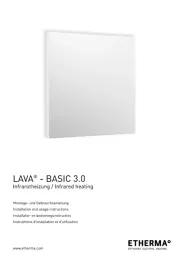
20 September 2025
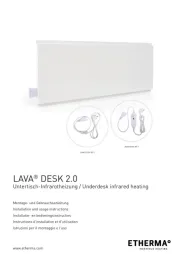
20 September 2025
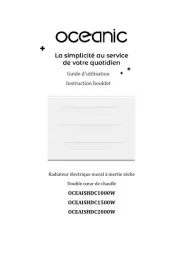
17 September 2025
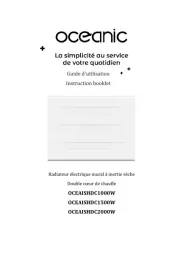
16 September 2025
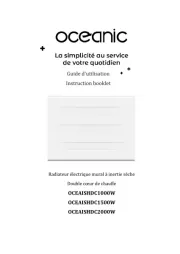
16 September 2025
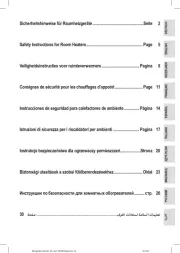
15 September 2025
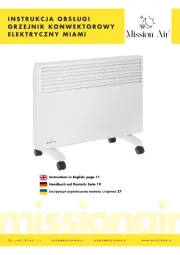
12 September 2025
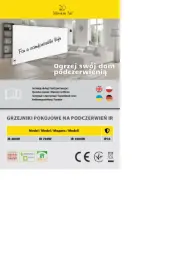
12 September 2025
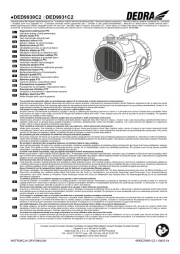
10 September 2025
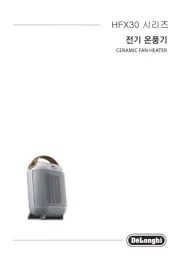
9 September 2025